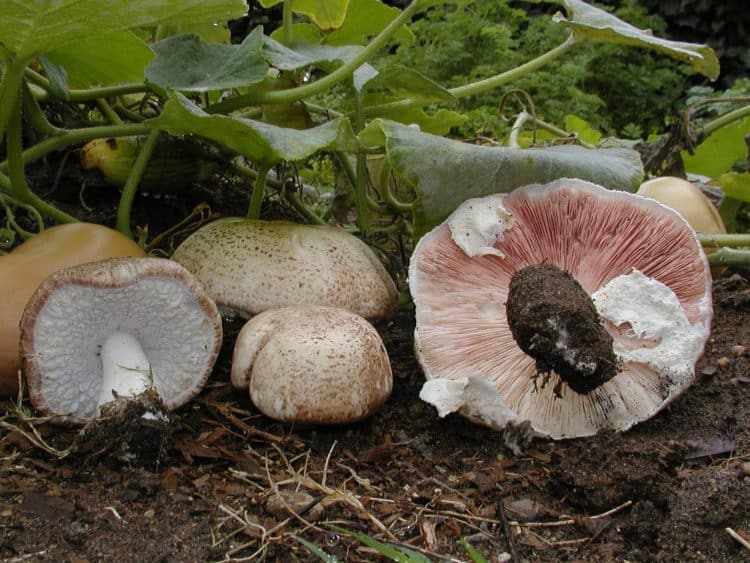In our first installment of this series, we discussed why one might want to extract medicinal mushrooms. The prospects of antiviral, antibacterial, and anticancer properties are too powerful to cast aside. And as clinical research evaluates medicinal and psychedelic mushrooms, the importance of active product ingredient extracts amplifies, given the need to sort out what each molecule can do. With the growing interest for psilocybin chocolate bars, it gets even more relevant.
This blog begins our journey into the techniques used for mushroom extraction and how they differ from cannabis extraction, where the big three are supercritical carbon dioxide (sCO2), ethanol, or hydrocarbon extraction.
sCO2 extraction has been evaluated for isolation of mushroom oleoresins. [1] Researchers described sCO2 as presenting several benefits over “conventional” solvents including the capture of volatiles that aren’t lost with the solvent, lower likelihood of extracting pigments and other unwanted molecules, and low temperatures used to protect fragile, labile ingredients.
These researchers used sCO2 to extract Boletus luteus, or the Chilean mushroom. This study demonstrated the ability of sCO2 to extract dense substrates, as the researchers first compacted the mushroom powder into 24 mm thick discs. The discs were then set between two metal plates to focus the diffusion of dissolved ingredients. Different extraction strategies gauged the effects of changes in reduced density (standardized to the density of CO2) and temperature (standardized to the critical temperature of CO2, 31.1°C). Following extraction, the discs were sectioned into four cylinders that varied in their radii, and subsequently ground such that residual oleoresin in the raffinate could be measured after Soxhlet extraction. Oleoresin content increased as reduced density, temperature, or specific volume (disc volume divided by its weight) increased. [1]
Comparisons between high-pressure extraction with sCO2/sCO2 plus a co-solvent and low-pressure methods such as maceration with ethanol and Soxhlet extraction with organic solvents like hexane, dichloromethane, or ethyl acetate, and hydrodistillation were endeavored using God’s mushroom (Agaricus brasiliensis). [2] sCO2 experiments had temperatures of 40, 50, or 60°C, and pressures ranging from 10 to 30 MPa (1450 to 4351 psi). Experiments with ethanol as co-solvent (2.5, 5, or 10%) were conducted at 50°C and 20 MPa. The highest yields (yield = (mass of extract/mass of raw material) x 100) were obtained using Soxhlet extraction with ethanol (37% yield) or water (57% yield). The researchers attributed this to using boiling solvent which reduced surface tension and viscosity enabling the solvent to better migrate through the ground mushrooms.
Maceration in ethanol provided a much lower yield than Soxhlet extraction using ethanol (2.4% v. 37%), and hydrodistillation provided relatively nothing, illustrating the negligible amounts of volatile compounds in the mushroom powder.
sCO2 is non-polar as is hexane. Dichloromethane (polarity index = 3.1) and ethyl acetate (4.4) offer lower polarities than ethanol (5.2). Subsequently, yields diminished with decreasing polarity. Not surprisingly, sCO2 revealed lower extraction yields, providing, at most, 1.19%. The ability of sCO2 to solubilize components in the mushroom correlated to its density, with increasing density leading to better yields. Predictably, the addition of ethanol enhanced extraction yields nearly four-fold at the highest ethanol concentration (10%).
So, for God’s mushroom, higher polarity solvents worked best. The extracts contained predominantly palmitic and linoleic acids. Extracts were evaluated for antioxidant and antimicrobial activities. Interestingly, despite the low yields obtained with maceration, the resultant product had the highest antioxidant potential. The best options for increased antimicrobial activity included sCO2 at 20 MPa and 40°C, 10 MPa at 50 or 60°C, and Soxhlet extractions using hexane, dichloromethane, and ethyl acetate. These product fractions were all considered to be strong inhibitors of bacterial proliferation. Compared to the other methods, sCO2 enabled faster extraction times using less solvent, highlighting several tradeoffs to juxtapose. [2]
Stay tuned for the third chapter in this series coming soon…
References
- Del Valle, J. and Aguilera, J. “Effects of Substrate Densification and CO2 Conditions on Supercritical Extraction of Mushroom Oleoresins.” Journal of Food Science, vol. 54, no. 1, 1989, pp. 135-141. [journal impact factor = 2.081; times cited = 10 (SemanticScholar)]
- Mazzutti, S. et al. “Supercritical Fluid Extraction of Agaricus brasiliensis: Antioxidant and Antimicrobial Activities.” The Journal of Supercritical Fluids, vol. 70, 2012, pp. 48-56. [journal impact factor = 3.481; times cited = 28 (SemanticScholar)]
Image Credit: Nathan Wilson, CC BY-SA 3.0











